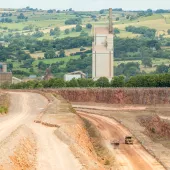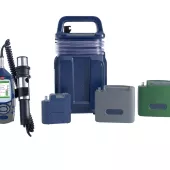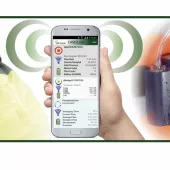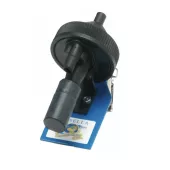Boundary Monitoring at Quarries
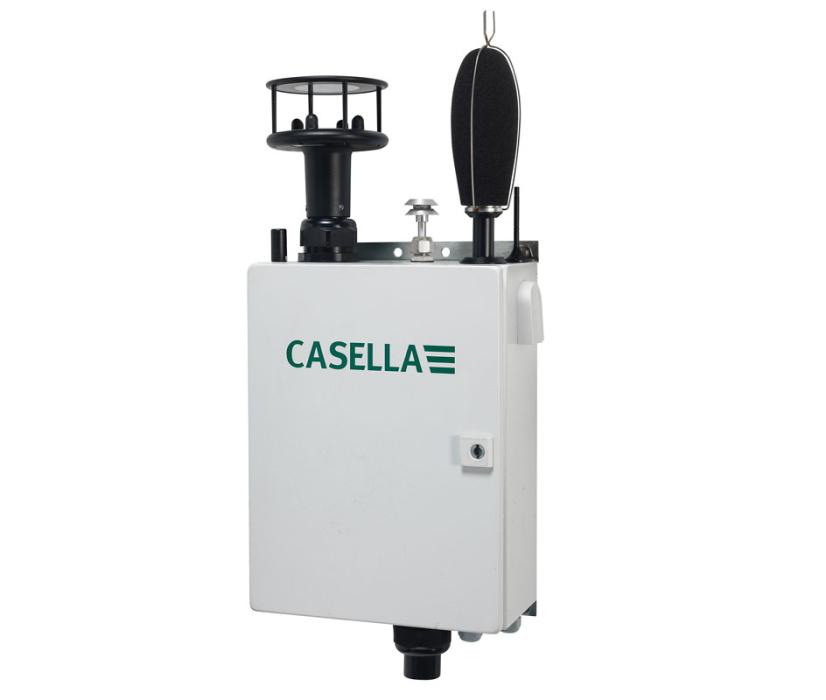
First published in the October 2023 issue of Quarry Management
Are you managing the impact your operation is having on the surrounding environment? Boundary monitoring can identify environmental noise pollution, potential hazards in air quality, ensure compliance, and protect workers and the public
Dust stirred up during quarrying operations can compromise air quality, environmental noise pollution can be harmful to workers and local residents, and excessive vibration can have damaging consequences. Alongside the human cost to health, businesses can expect significant fines if prosecuted for violating regulations controlling noise and dust emissions levels, and penalized companies could also pay the additional price of reputational damage.
Site management has a duty of care to protect against potentially dangerous conditions for both workers and the public. However, this can be challenging to manage without reliable data streams from instrumentation that gathers environmental information. Monitoring for noise, dust, vibration and harmful emissions makes it possible to manage the impact of a site and maintain good relationships with site neighbours.
Boundary monitoring systems are typically deployed across mines and quarries, construction and demolition projects, environmental remediation sites, waste transfer sites, heavy road traffic and other places where compliance-related monitoring is required.
Boundary monitoring can support quarry site control by minimizing potential contamination, protecting workers and the public, and enabling compliance with standards and regulations. Consequently, more companies are turning to boundary monitoring technology to measure the risks and ensure they adhere to environmental limits and guidelines.
Real-time air-quality monitoring systems are designed as a cost-effective alternative to having on-site experts conduct manual monitoring. These solutions require little upkeep or maintenance while continually measuring conditions on or around a worksite and are designed for easy set-up and use.
The law
The main governing standards dictating correct practice at quarries are the Quarries Regulations 1999. These regulations, set out by the Health and Safety Executive (HSE), state that it is the duty of the operator to, so far as is reasonably practicable, ensure that the quarry and its plant are constructed, equipped, operated and maintained so that the health and safety of workers and the public is not compromised.
To meet the duty to protect life in and around the site, the operator must consider the proximity of homes, roads, schools, and other areas where the public may be found, as well as the risks to health from materials being worked, and amend the working methods appropriately. This can only be done correctly if suitable monitoring practices are in place.
Knowing your site
An operator must understand the area that surrounds their site and which locations to monitor. Large sites may need monitoring in more than one location, depending on the receptors around the site. For example, sites with nearby receptors such as schools, hospitals, or housing, will be more sensitive to disruption and require more monitoring. It may also be necessary to measure vibration to avoid disruption or damage if less structurally sound buildings or people are present around the site.
Being aware of the prevailing wind around the site is also essential. Ideally, a dust monitor should be both upwind and downwind of the site to see the dust levels accumulating within the site and leaving it. Coupled with a wind speed direction sensor, this will allow the operator to mitigate and provide evidence against any complaints should they arise, with accurate data on whether excessive dust resulted from the site’s activity.
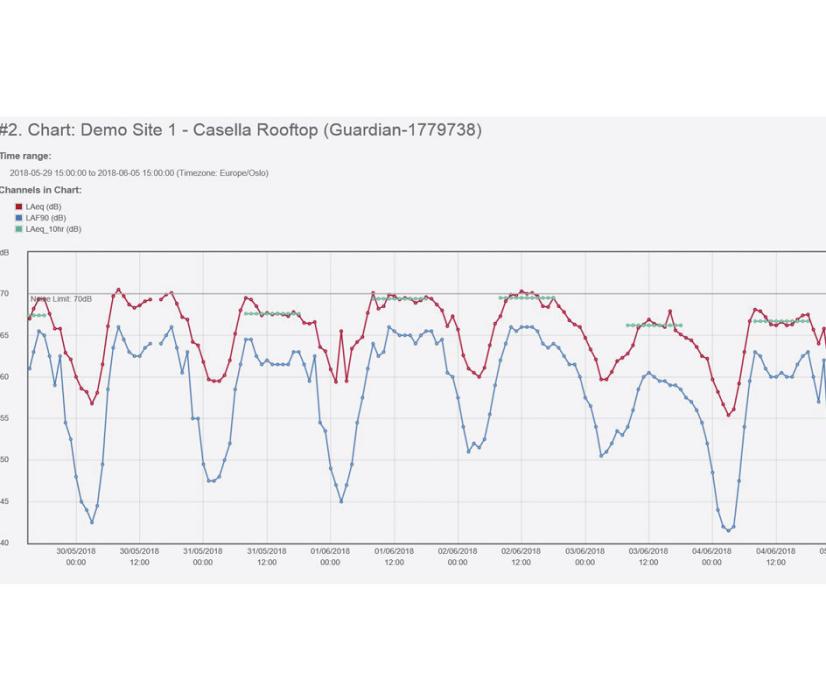
Mounting environmental monitors
Understanding how to mount any environmental monitor is essential to obtain accurate results. For example, noise monitors should not be mounted against flat surfaces because this will result in noise levels being overestimated. Any microphone should be above hoardings with a clear line of sight to the nearest receptor. Inlets for any real-time dust measurements should also be clear of obstacles and be mounted away from buildings, ideally between 1.5m and 4m above the ground. When measuring vibration, the sensor should be mounted to a concrete plinth firmly attached to the ground to ensure measurements remain untainted by the instability of the mount.
Monitoring throughout quarrying
It might be tempting to start monitoring at the beginning of the project’s quarrying phase, but a period of baseline monitoring before the start of activities can be beneficial. Doing so will provide an understanding of dust and noise levels in the area prior to work commencing, providing a benchmark comparison that will enable the operator to assess and demonstrate the impact of their site once work begins.
Being proactive
Traditional monitoring techniques such as dust deposit gauges limit the ability to be proactive. However, modern boundary monitors provide real-time noise, dust and vibration levels with email or text alerts whenever prescribed levels have been exceeded. Having instant access to this data allows site operators to act rapidly before any legal limits have been passed, eg by activating dust suppression, thereby ensuring the site remains compliant. With multiple sensors around the site, managers can opt to continue working in another area of the site, meaning operations can continue while levels settle.
Educate your staff
Guidance will need to be given to site operatives in order to know how to control noise and dust, such as what the limits are and how the site needs to perform. In addition to basic training on what the monitor does and how it works, knowledge on maintenance and good practice is important, eg ensuring that units are not knocked or damaged and sensors such as noise monitors are calibrated on a regular basis. Should any of the equipment on site be accidentally damaged, it is essential staff are aware of the reporting procedure so that maintenance or replacement of the equipment can be undertaken as soon as possible.
Ensuring you manage the impact of your quarry
A comprehensive boundary monitoring programme is a key part of any compliant, safety and environmentally focused project, ensuring an organization adheres to environmental limits and guidelines and that its finances and reputation are protected.
Making sure staff understand the correct procedures for boundary monitoring will ensure that operations can continue in the most efficient, safe manner to the benefit of all, both on site and off. For more information, visit: www.casellasolutions.com
Subscribe to Quarry Management, the monthly journal for the mineral products industry, to read articles before they appear on Agg-Net.com


